Despite aging being a normal part of everyday life, it is still something that strikes fear into the hearts of most.
“But why” I hear you ask?
Mainly because in modern day aging is also associated with decline. Declines in physical function and quality of life. Declines in mental health, and even declines in cognitive capabilities.
But what if I told you that it doesn’t have to be like this?
Well the good news is that it doesn’t – and the answer may lie within your gait.
What is gait speed and gait posture?
Your ability to walk essentially underpins your ability to maintain your independence as you get older. It is integral to getting around the house, managing normal tasks of daily living, and even caring for your appearance and brushing your teeth (Peel, 2013).
In short, if you lose your ability to walk, your quality of life declines rapidly.
With that in mind, what is gait speed, and what is gait posture?
Gait speed essentially refers to the speed at which you walk. It is a measure used often in geriatric settings as an excellent way of estimating the functional capacity of older individuals.
And gait posture?
Well that simply refers to the posture you maintain while walking.
While gait speed is often thought to be a better indication of functional capacity than posture, gait posture gives you insight into some of the functional abnormalities that can contribute to deviations away from normal gait.
In this manner they are both quite important.
What factors contribute to gait speed?
When we think of walking, we don’t often consider it as a complex movement task – but that’s is exactly what it is (Ferrucci, 2000).
In fact, the ability to maintain normal gait speed is dependent on a few extremely important factors, that can be further classified into six key physiological subsystems:
- Central nervous system (the ability to coordinate movement)
- Perceptual system (the ability to receive and comprehend sensory information)
- Peripheral nervous system (the ability to coordinate muscular contractions)
- Muscles (strength and stability)
- Bones and joints (a strong foundation for movement)
- Energy production and delivery (the ability to breakdown and use compounds for energy)
If any of these key factors become dysfunctional in any way, then walking slows, and functional capacity declines.
Can childhood gait affect my gait as an adult?
Now this where things get interesting. While declines in any one of these systems in older adulthood can indeed lead to declines in gait as an adult, there are also certain childhood factors that have been shown to result in poor gait in adulthood (Rasmussen, 2019).
More importantly, these factors aren’t strictly related to childhood gait disorders, either.
Those children (aged less than 3 years) who had poorer neurocognitive functioning (poorer language skills) and slower motor skill development will be more likely to have slower gait speed as middle-aged adults than those who score high on those measures.
This provides a clear demonstration that ensuring optimal cognitive and motor development during childhood can indeed have long lasting effects across the entire lifespan.
Gait and Longevity
Taking the above information into consideration, it should come as no surprise that people with gait abnormalities and uncommon gait types may be at a disadvantage from a longevity perspective.
Particularly when we are talking about changes in gait speed…
Does gait speed provide an indicator for longevity?
There is a vast amount of research clearly demonstrating that those individuals who maintain faster gait speeds are more likely to live longer than those who do not (Studenski, 2011).
To keep it simple, because gait speed provides us with such a good indication of functional capacity and quality of life, it also provides a very good indication of declines in quality of life. As a result, both slow gait speed and reductions in gait speed have a strong association with declines in life expectancy.
Pretty incredible really.
Is gait posture an indicator for longevity
Much like normal gait speed, normal gait posture can also provide some insight into longevity. In this manner, those older individuals who develop poor gait posture also see a reduction in life expectancy compared to those who do not.
These changes can include:
- A shortened stride length
- Excessively rounded back position
- An inability to lift feet from the ground, resulting in short ‘shuffle’ steps
- The need for a waling aid (such as a walking frame)
As with gait speed, each of these changes indicate a loss of physical and neural capacity, that can contribute to a significant loss of independence.
Related Article: Lengthen Healthspan Through Exercise
Gait and cognitive function
Finally, while gait is often considered to be primarily an expression of physical function, it is also important to remember that it relies on some cognitive factors too – namely the ability to perceive the surrounding environment, think through movement tasks, and coordinate movement.
As a result, there is a growing body of evidence demonstrating that declines in gait speed have extremely strong associations with a loss of cognitive function. Moreover, those individuals who have lower gait speeds are at a much higher risk of developing dementia as an older adult (Peel, 2019).
So, we can easily see that gait speed is not only linked to longevity in the physical sense, but in a mental sense too.
Related Article: Lifestyle Recommendations To Prevent Cognitive Decline
Can gait be corrected?
On a positive note, while declines in gait speed and gait posture do often occur with age, they don’t have to.
In fact, I would go as far as to say they shouldn’t.
See, a loss of gait is most commonly driven by a loss of muscle strength and a decline in neuromuscular coordination – and fortunately, each of these factors can be maintained through participation in regular exercise (Van Abbema, 2015; Hortobágyi, 2015).
With this in mind, both gait speed and gait posture can also be improved through regular exercise.
How does exercise affect gait?
Well, it currently appears that progressive resistance training (AKA lifting weights) offers the most effective mode of exercise to improve all aspects of gait. To keep it simple, this is because weight training improves both neuromuscular coordination and muscle strength.
To get additional benefits, it appears that using free weight exercise (such as squats, lunges, and deadlifts) may have better carryover to gait. Moreover, adding a rhythmic component to the exercise (such as lifting weights to a metronome or set tempo) appears to improve outcomes even further.
I have said it before, and I will say it again – the fountain of youth has been sitting right under our nose this whole time!
Does gait correction slow down cognitive decline?
You now know that declines in gait speed have strong associations with declines in cognitive function. You also know that gait speed can be corrected through resistance exercise.
But does this effect cognitive decline?
In short, yes.
While the exact mechanisms remain somewhat unclear, it is well established that participating in a detailed weight training program can improve cognitive function in the elderly. As a result, it can slow down age related cognitive decline in an extremely significant manner (all while causing simultaneous improvements in gait speed) (Li, 2018).
While we can’t be sure as to whether these improvements in cognition are due to the improvements in gait speed themselves, or simply a result of the resistance training – it doesn’t really matter, because they both improve together.
Tips to improve gait speed throughout life
I wanted to finish this article by outlining my best tips to improve human gait across the lifespan – so, without further ado:
- Perform resistance training 2-3 times per week: this is a surefire way to maintain strength and coordination throughout the entirety of your life, leading to a maintenance of gait. Within this, make sure to prioritize compound free-weight exercises.
- Get outside for a walk on uneven terrain 2-3 times per week: although walking itself has been shown to have minimal impact on gait, getting outside and walking over uneven ground stimulates your sensory systems, improving your ability to use environmental information and adjust your gait accordingly. This is integral to the maintenance of gait.
- Keep yourself cognitively active: this means actively reading, participating in puzzles and problem-solving games, and learning new information throughout your entire life. When it comes to gait, you want to keep your mind as sharp as your muscles!
And there you have it.
If you manage to adhere to these three tips across the duration of your life, then you will go a very long way to ensuring you maintain your gait and your health.
Take Home Message
Whoever thought that the way in which you walk could be so important? However, when we think about it in a little more detail, it starts to make sense.
Walking requires the integration of every single one of the body’s physiological systems. A decline in any one of them resulting in a decline in gait. As a result, it provides a clear indication of functional capacity and quality of life.
Fortunately, using the tips outlined in this article you can maintain your gait – and your function – well into your golden years. So, what are you waiting for?
References
Peel, Nancye M., Suzanne S. Kuys, and Kerenaftali Klein. “Gait speed as a measure in geriatric assessment in clinical settings. A systematic review.” The Journals of Gerontology: Series A 68.1 (2013): 39-46.
Ferrucci, Luigi, et al. “Subsystems contributing to the decline in ability to walk. Bridging the gap between epidemiology and geriatric practice in the InCHIANTI study.” Journal of the American Geriatrics Society 48.12 (2000): 1618-1625.
Rasmussen, Line Jee Hartmann, et al. “Association of Neurocognitive and Physical Function With Gait Speed in Midlife.” JAMA Network Open 2.10 (2019): e1913123-e1913123.
Studenski, Stephanie, et al. “Gait speed and survival in older adults.” Jama 305.1 (2011): 50-58.
Peel, Nancye May, et al. “The association between gait speed and cognitive status in community. Dwelling older people: a systematic review and meta-analysis.” The Journals of Gerontology: Series A 74.6 (2018): 943-948.
References
Van Abbema, Renske, et al. “What type, or combination of exercise can improve preferred gait speed in older adults? A meta-analysis.” BMC geriatrics 15.1 (2015): 72.
Hortobágyi, Tibor, et al. “Effects of three types of exercise interventions on healthy old adults’ gait speed. A systematic review and meta-analysis.” Sports medicine 45.12 (2015): 1627-1643.
Li, Zhihui, et al. “The effect of resistance training on cognitive function in the older adults. A systematic review of randomized clinical trials.” Aging clinical and experimental research 30.11 (2018): 1259-1273.
You Might Like:
Gait Speed and Longevity: What You Need to Know
Despite aging being a normal part of everyday life, it is still something that strikes...Meditation and Visualization for Athletes
Over the last few years, there has been a huge increase in the use of...Does Aerobic Exercise Improve Learning?
This article was adapted from a combination of speeches given at the European Sports Science...Three Types of Exercise for Reducing Anxiety
Most of us have experienced anxiety at one time or another. Whether it be jitters...4 Ways to Overcome Sports Performance Anxiety
Alyssa Bialowas Competition anxiety is common in athletes, especially if they struggle to deliver performance....3 Benefits of Exercise and Mental Health
Alyssa Bialowas The Mental Benefits of Exercise While the physical benefits of exercise are well...The Surfing Affect on Mood and Well-Being
A Review by Alyssa Bialowas Exercise-induced affect (EIA) is a cycle that includes various characteristics...Everyday Tips To Be More Mindful
Gillian White – MSc, PhD (Candidate), University of Toronto Mindfulness Part II. Everyday tips to...Do Younger & Older Brains Respond Differently To Dance?
Aga Burzynska, PhD Dance – as a ritual, therapy, and leisure activity – has been...Which Is Better For The Brain – Long Duration Or Short High Intensity Exercise?
Catherine O’Brien High intensity interval training (HIIT) is a form of exercise that utilizes “repeated...3 Strength Exercises For Individuals With Essential Tremor
Catherine O’Brien Essential tremor (ET) is a neurological disorder characterized by involuntary and rhythmic shaking....The Jury Is Out | The Best Exercise for Parkinson’s Disease
Gillian White, MSc, PhD (C) University of Toronto, Graduate Department of Exercise Sciences Parkinson’s disease...Go Forth & Be Mindful
Hank Shell Well, folks, 2017 is drawing to a close, there’s still no natural snow...4 Areas Of The Brain That Benefit From Exercise
Catherine O’Brien Aerobic exercise has been proven to improve cardiovascular health and diminish the risk...Exercise May Improve Brain Health In Adolescent Binge Drinking
Julia C. Basso, PhD Reporting from the 2017 Annual Society for Neuroscience Meeting Exercise highlight...Learning, Memory, & Decision Making
Julia C. Basso, PhD Reporting from the 2017 Annual Society for Neuroscience Meeting Making good...Yoga: A Mind-Body Practice That Improves the Brain
Contributed by Julia C. Basso, Post-doctoral Research Associate, New York University, Center for Neural Science Yoga:...Rock Climbing Helps Control Emotions
Catherine O’Brien According to the Anxiety and Depression Association of America, Major Depressive Disorder (MDD)...Dancing Can Reverse Aging In The Brain
Julia C. Basso, PhD A healthy and functional brain requires healthy, intact cells that fire...Leading the Way to a Smaller Waistline and a Bigger Brain
Contributed by Julia C. Basso, Post-doctoral Research Associate at the Center for Neural Science and New York...What Toxins Are Lurking In Your Brain?
Julia C. Basso, PhD As a scientist who studies the effects of exercise on the...Lifestyle Recommendations To Prevent Cognitive Decline
Julia C. Basso, PhD Alzheimer’s disease (AD) is the most common form of dementia, accounting...Training Your Body and Brain
Contributed by Julia C. Basso, PhD, Post-doctoral Research Associate at the Center for Neural Science and...Obesity & Dopamine Dysfunction
Julia C. Basso, PhD Obesity is a major problem worldwide. In the United States, more...Dancing Helps Heal Individuals With Parkinson’s Disease
Julia C. Basso, PhD Parkinson’s disease (PD) is a neurodegenerative disorder that is characterized by...A Conversation Between Dance And Neuroscience
Julia C. Basso, PhD Dance and neuroscience may seem like two distinct fields, but Jody...The Surprising Benefits of Meditation
Julia C. Basso, PhD Using Meditation to Enhance Attention, Emotional Regulation, and Self-Awareness Here at...NEWS RELEASE: Can A Single Exercise Session Benefit Your Brain?
Julia C. Basso (Forever Fit Science contributor) and Wendy A. Suzuki Center for Neural Science,...Exercise-Induced Increases in Brain Size
Julia Basso – PhD Carbon dating in the human brain: Implications for exercise-induced increases in...4 Exercises to Alleviate Headaches
Ryan Cross, B.A. Hons (Kin), MScPT, FCAMPT Registered Physiotherapist in Sarnia, Ontario, Canada Headaches are...Mental Fatigue Can Affect Your Workout
Catherine O’Brien There is a wealth of research that demonstrates the positive effects of exercise...Exercise and Brain Inflammation
Julia Basso – PhD The post I wrote last week talked about the exciting connection...The Exercise Effect On Daydreaming
Julia C. Basso, PhD Do you ever wonder what your brain does while you daydream? ...3 Exercise Tips to Prevent and Treat Depression
Sara Thompson, M.Sc. in Exercise Science The 3 Pieces of Advice: Go out and try...The Process Of Movement Between The Brain And Body
Julia C. Basso, PhD Did you ever wonder how we move? The ability to move...Work Your Body And Mind To Combat Stress
Sara Thompson – M.Sc. Exercise Science In today’s fast-paced world, work accounts for the majority...4 Key Risk Factors For Concussions
Catherine O’Brien Last week’s article introduced the topic of concussion and addressed the role of...Concussions in Youth Ice Hockey
Catherine O’Brien The brain is surrounded and protected by cerebrospinal fluid (CSF). A concussion occurs...Mindfulness – What Does That Even Mean?
Gillian White – MSc, PhD (Candidate), University of Toronto Mindfulness Part I. What does that...A Healthy Dose of Neuroticism
Catherine O’Brien A Healthy Dose of Neuroticism The development of the 5-factor theory of personality,...Think Positive Thoughts For A Better Workout
Julia Basso – PhD Does the way that you feel during exercise motivate you to...Exercise: A Magic Pill To Help Protect The Brain From Cellular Pathology
Julia Basso – PhD The opening statement in a recent article in the Journal of...Exercise Increases Neurons in the Brain
Julia Basso – PhD Adult neurogenesis (i.e., the birth of new neurons in the adult...Will Exercise Help the Brain Grow: Exercise and Ketones
Julia Basso – PhD Exercise and Ketones I am intrigued by the body-brain connection and...Fitness Helps Brain Function As We Age
Julia Basso , PhD Affiliation: Post-doctoral Research Associate, New York University, Center for Neural Science...Exercise To Feel, Think, and Act Like a Young Brain – Part 2
Author: Julia C. Basso, PhD Affiliation: Post-doctoral Research Associate, Center for Neural Science, New York...Improving Cognition Through Exercise – Part 2
Contributed by Julia C. Basso, Post-doctoral Research Associate, New York University, Center for Neural Science Improving...The Sprint to Slow-Down Brain Decline
Contributed by Sara Thompson, MSc, Faculty of Kinesiology and Physical Education, Human Physiology Research Unit,...Brain Growth with Exercise
Contributed by Julia C. Basso, PhD, Post-doctoral Research Associate at the Center for Neural Science and...The post Gait Speed and Longevity: What You Need to Know appeared first on ForeverFitScience.

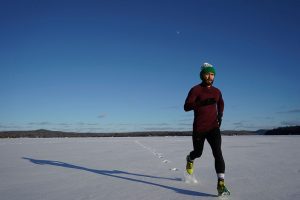





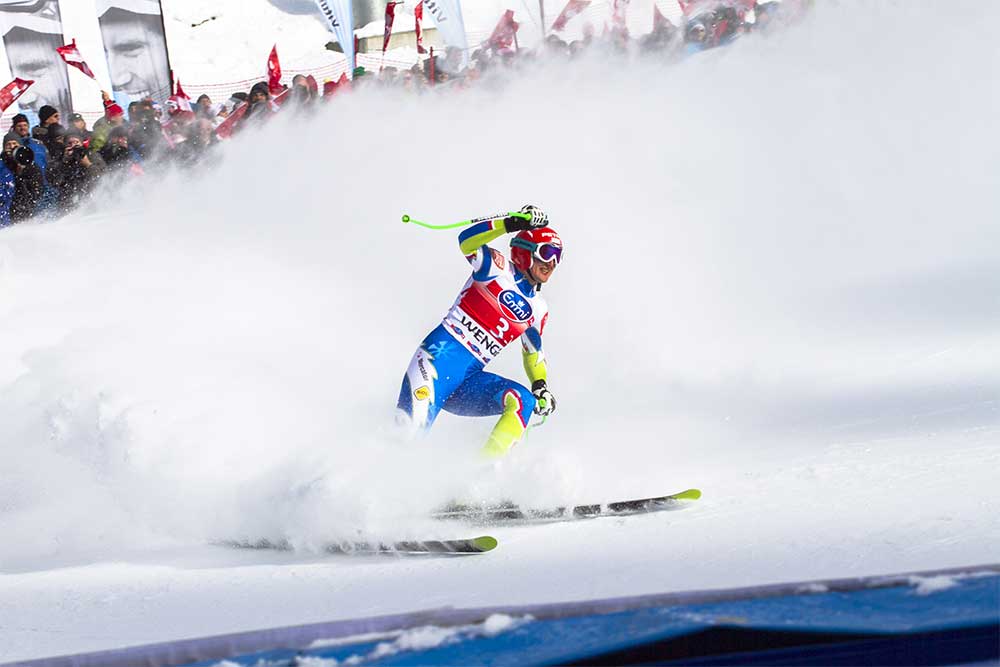




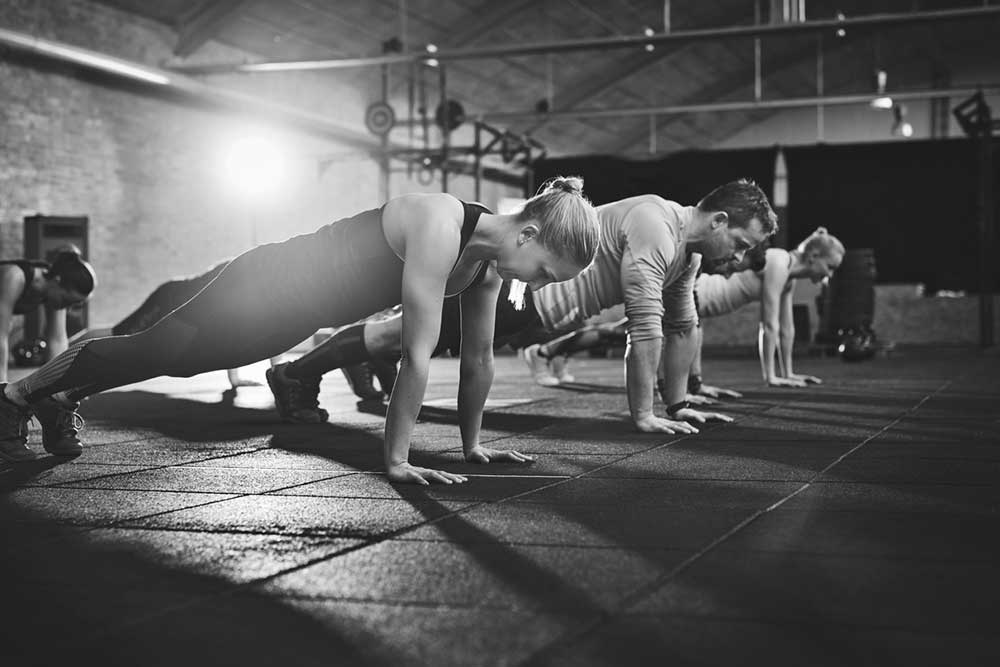
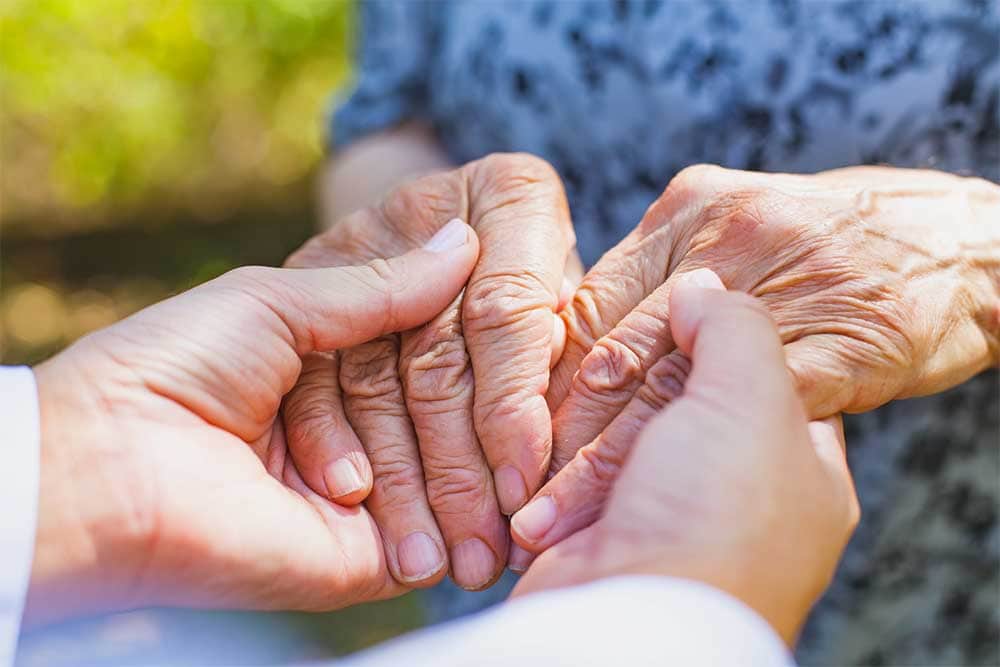


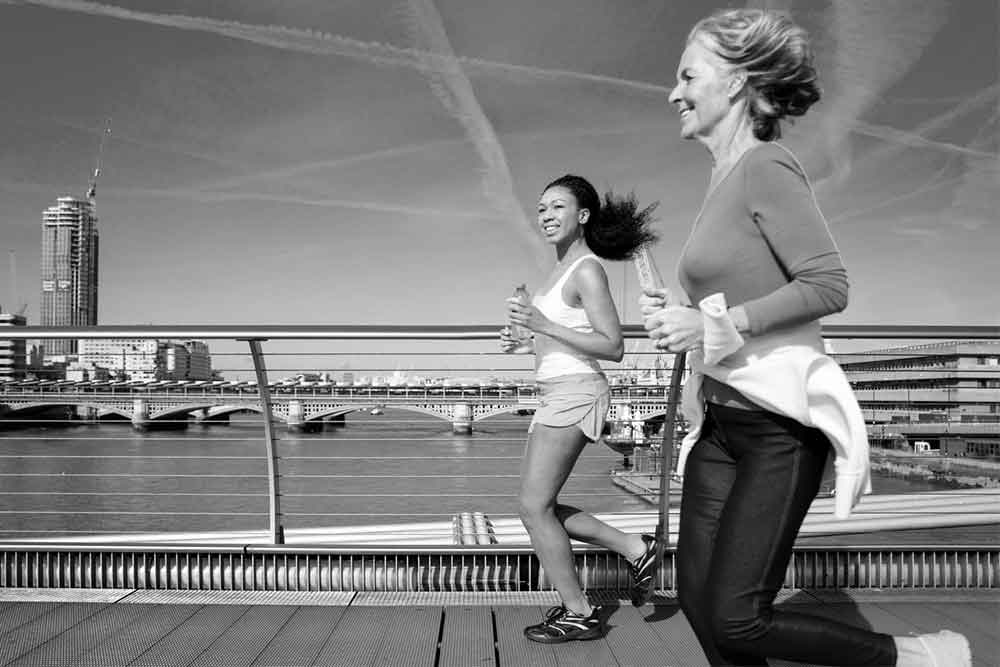




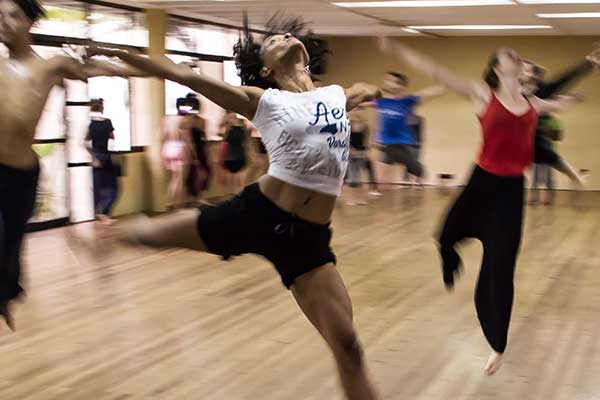
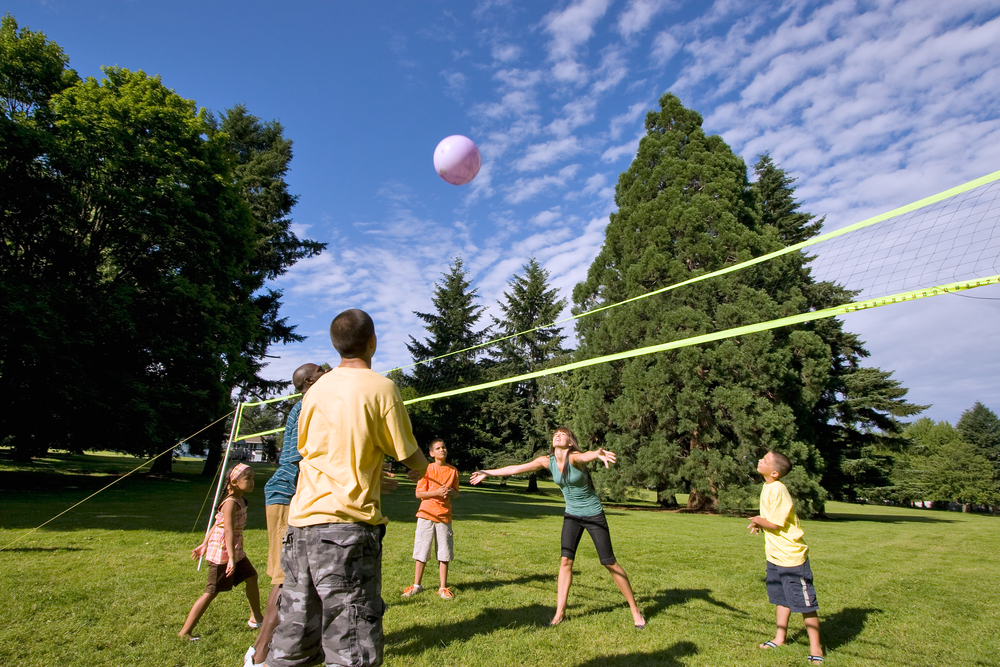

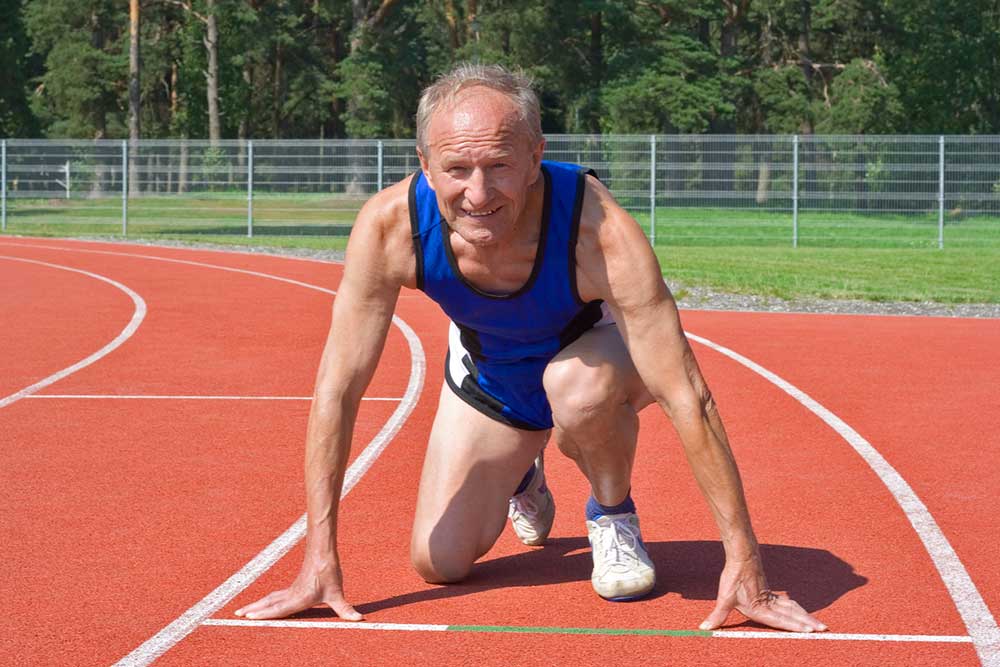


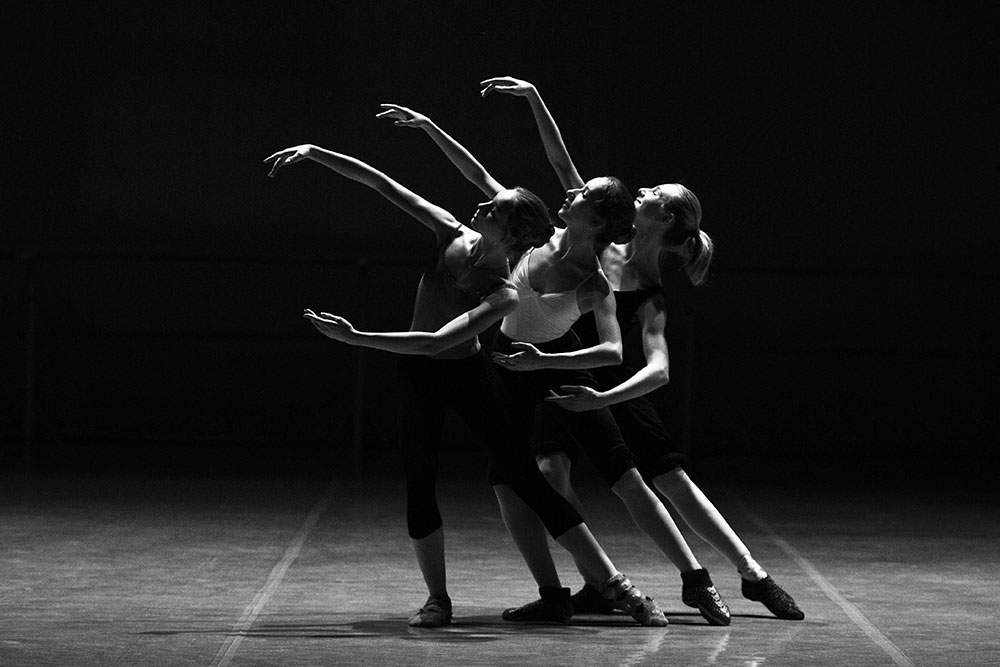
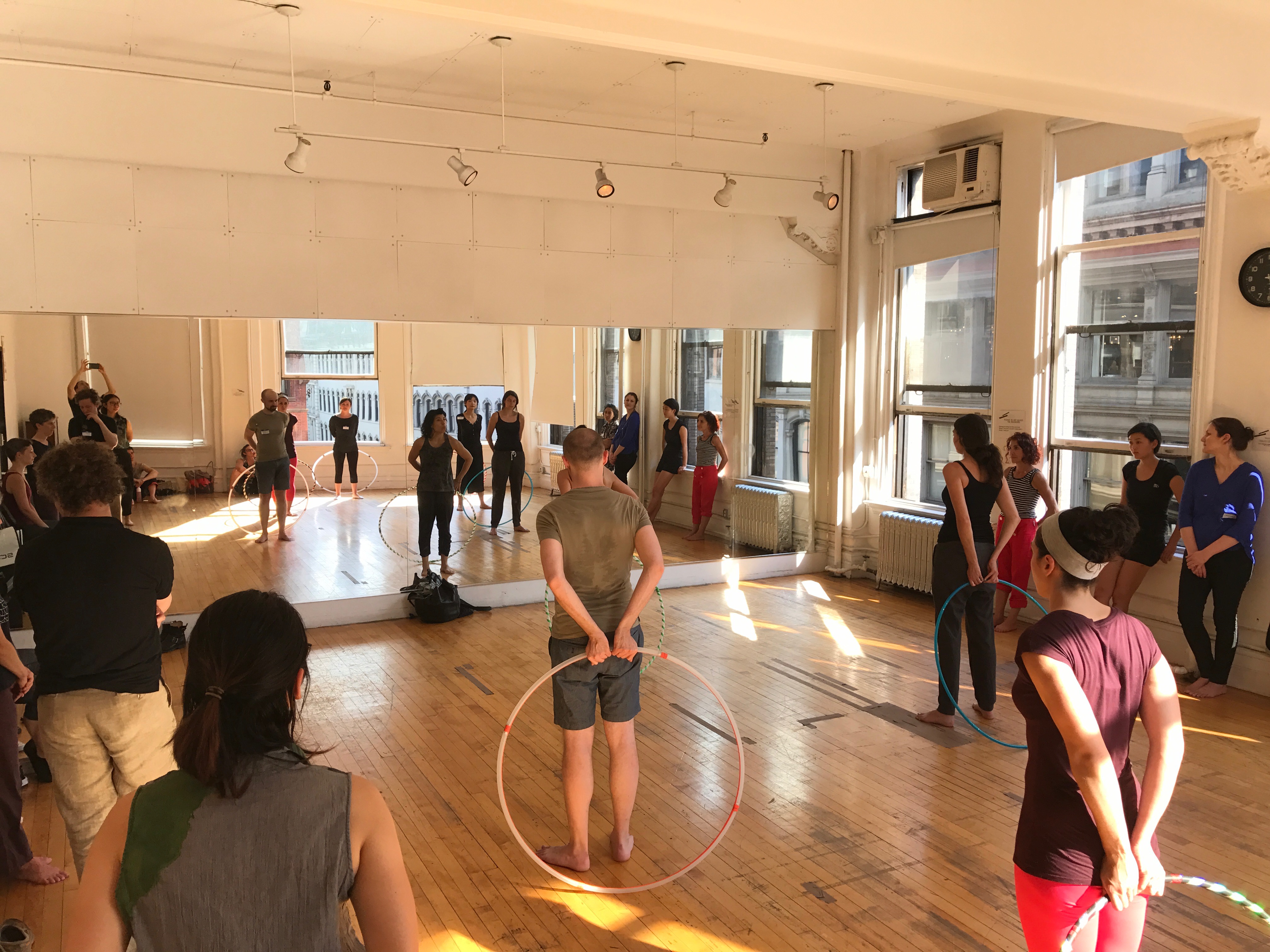

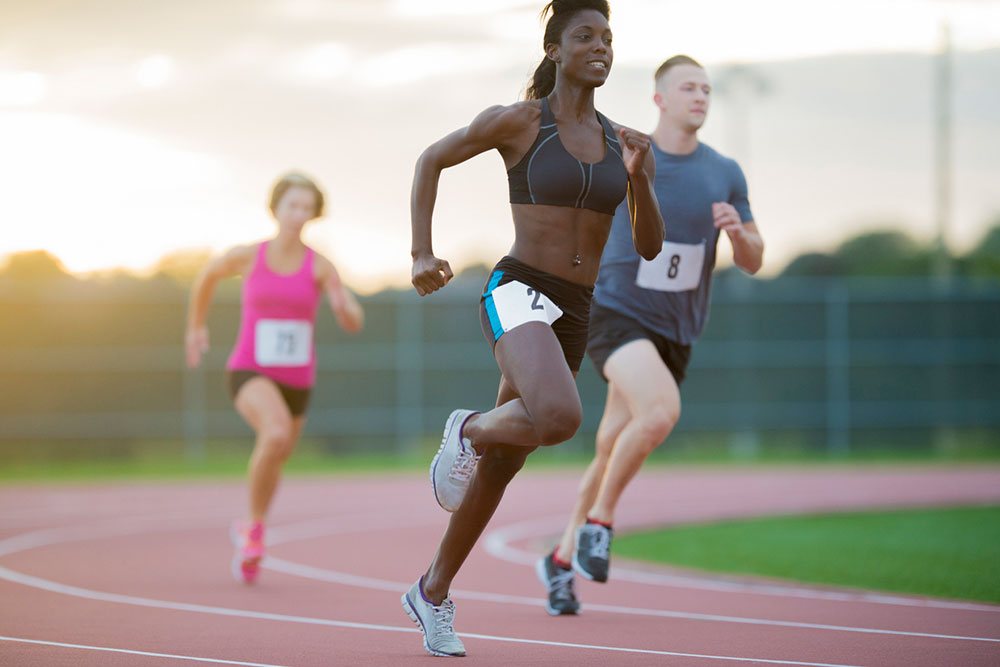

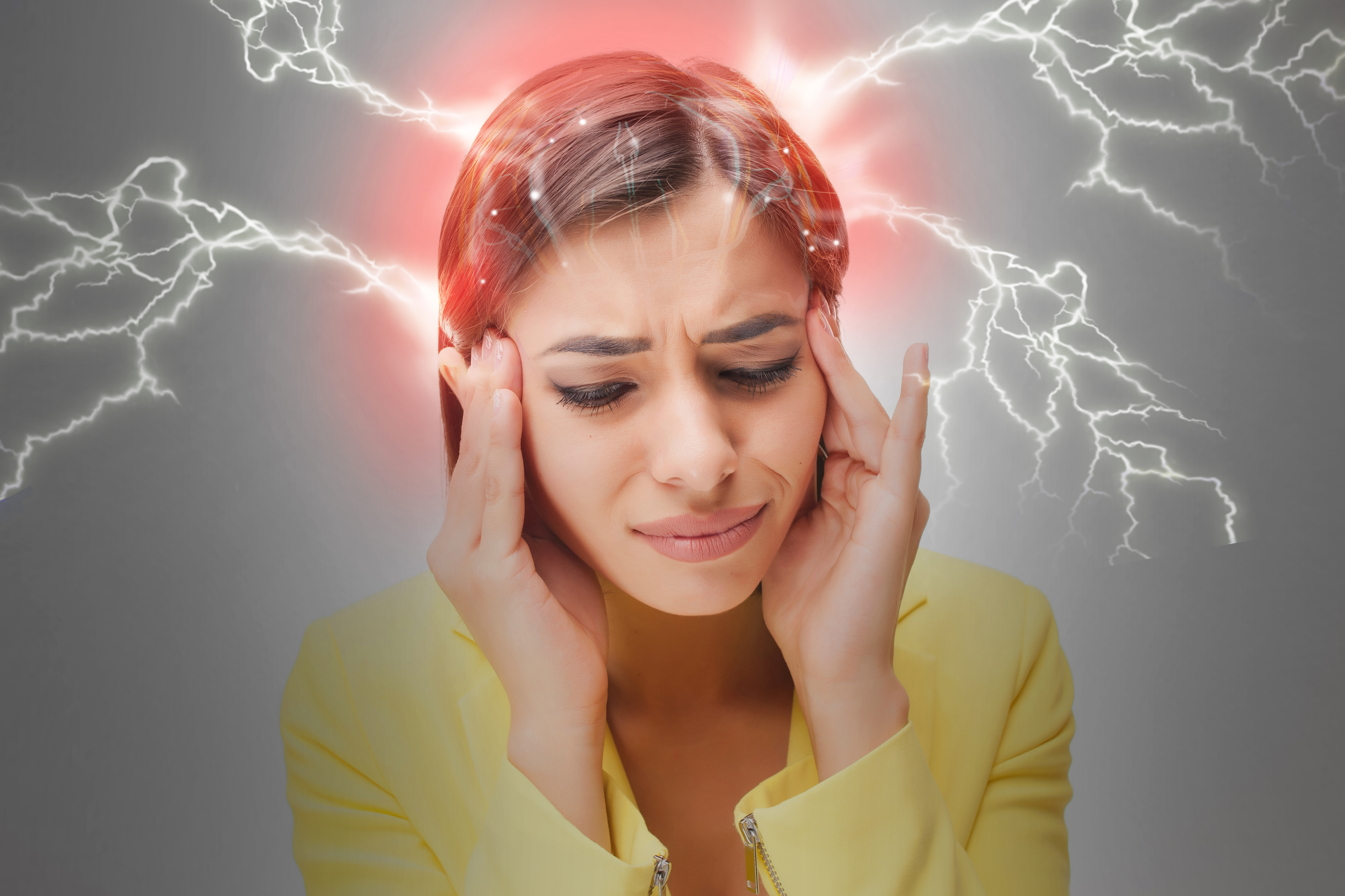
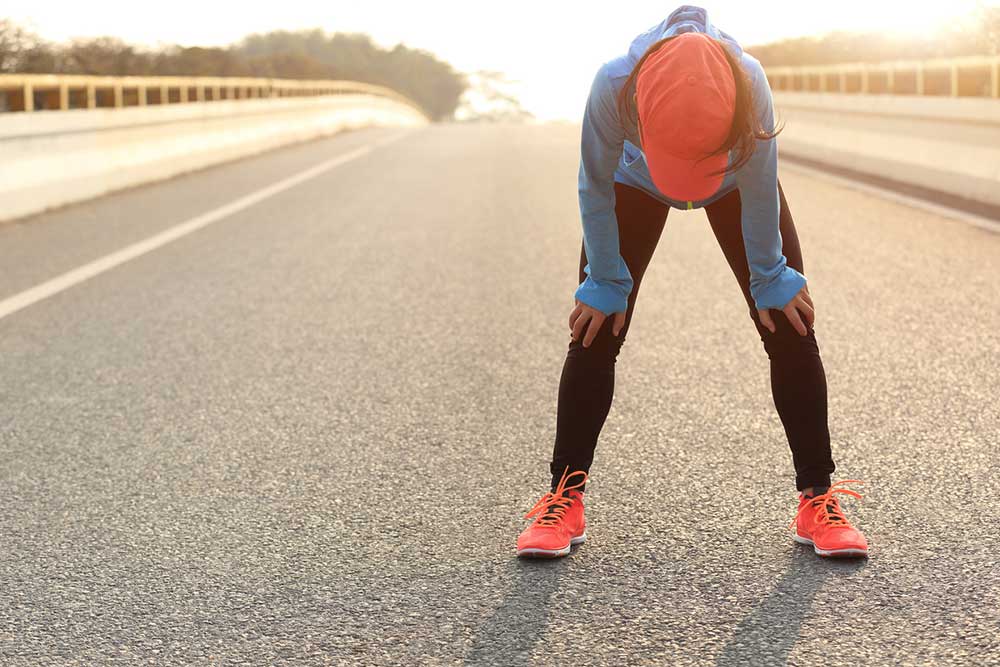




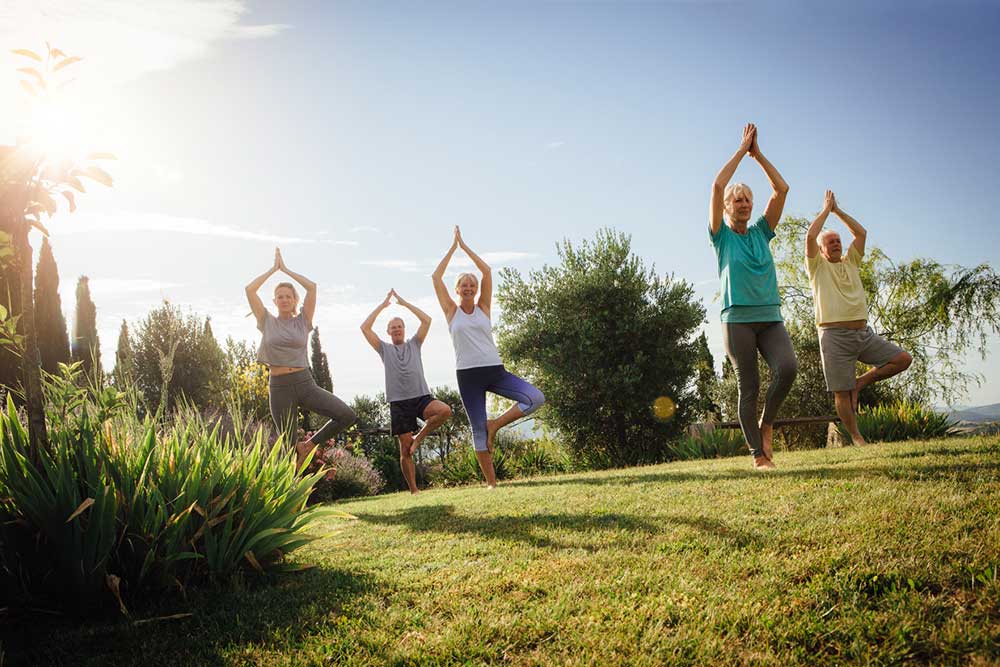
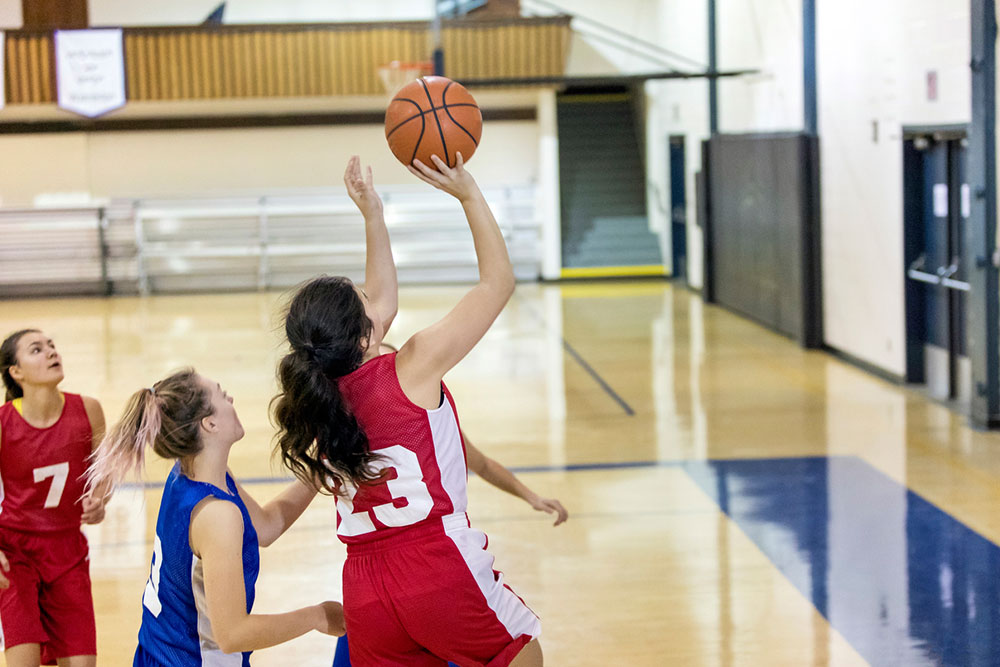
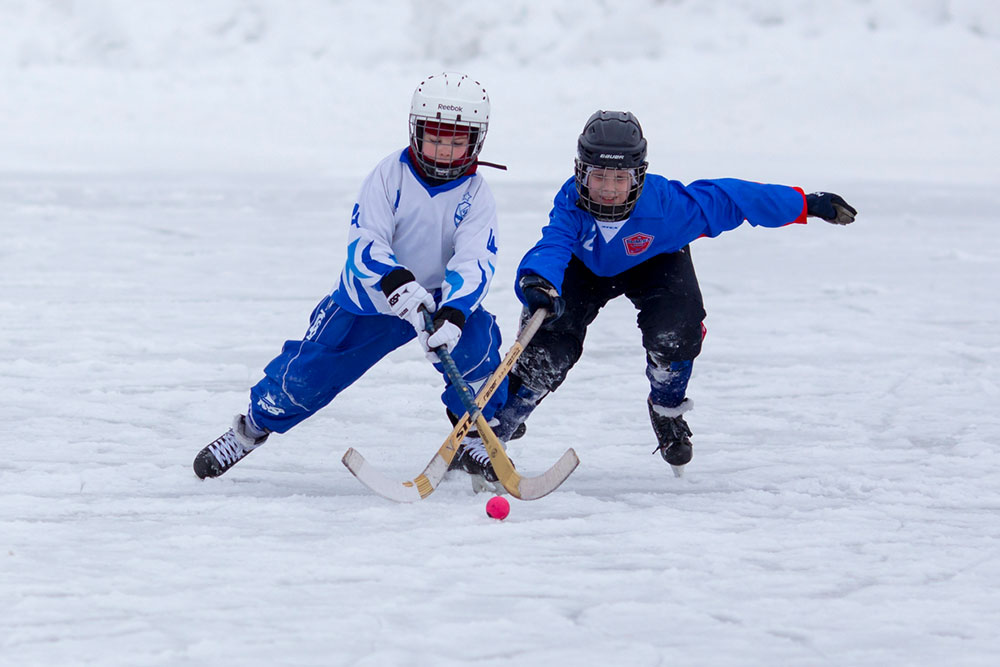

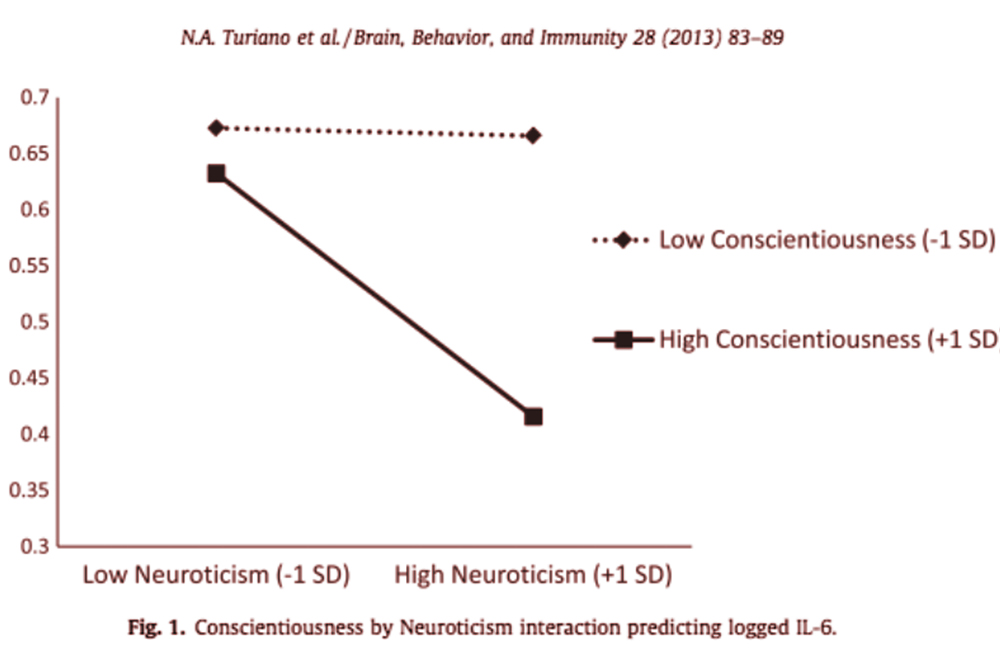

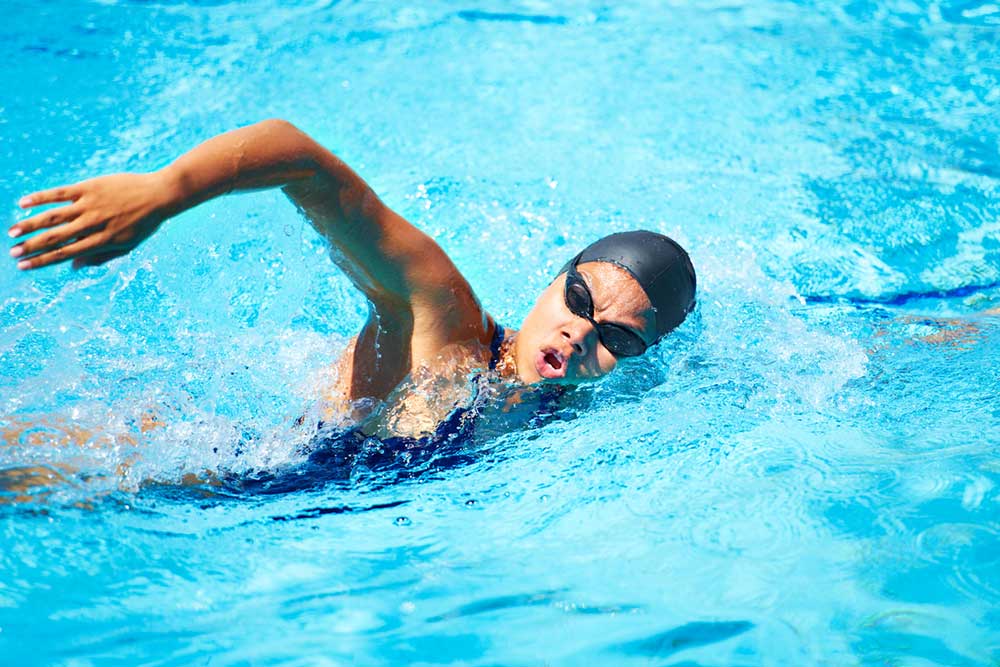


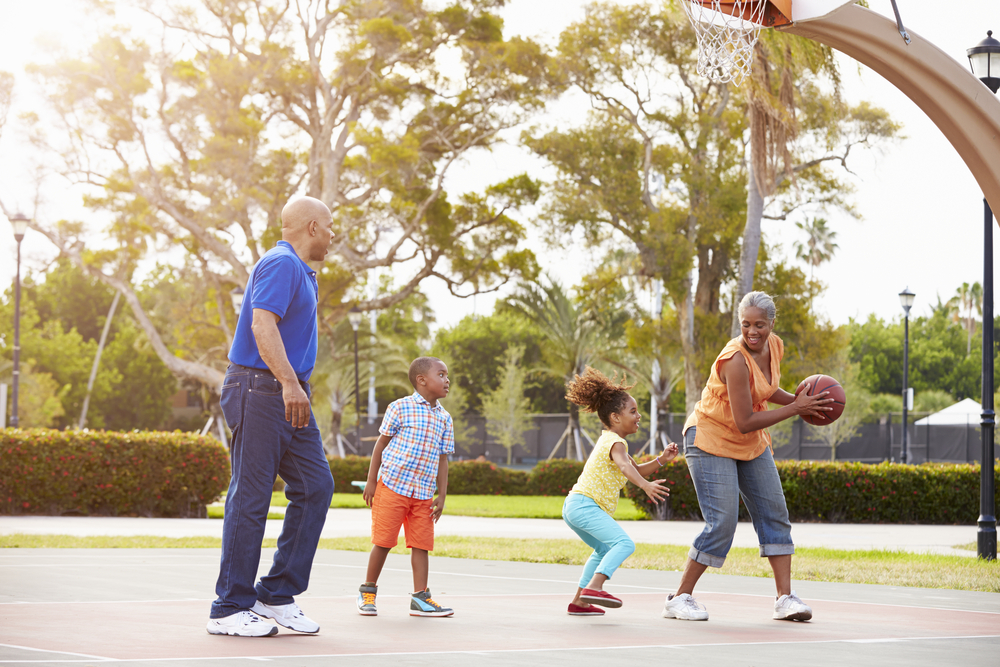
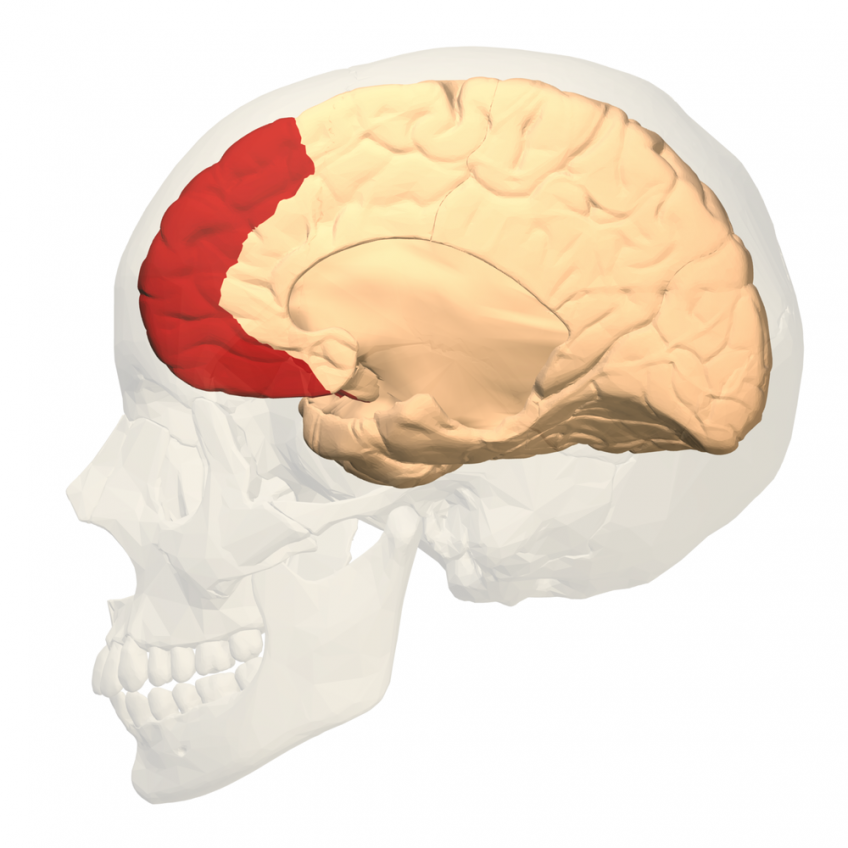

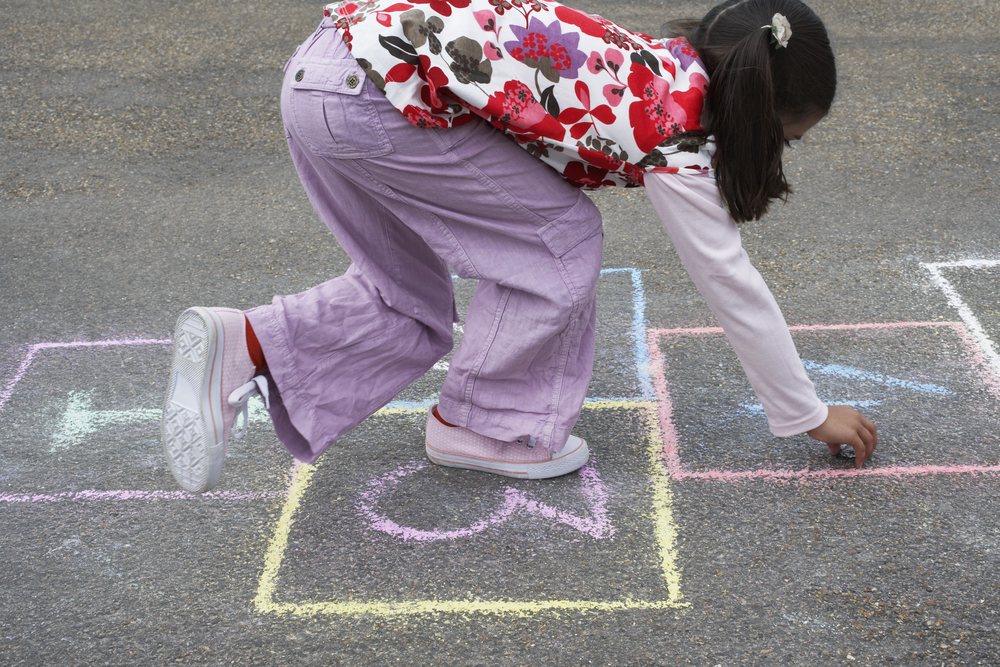
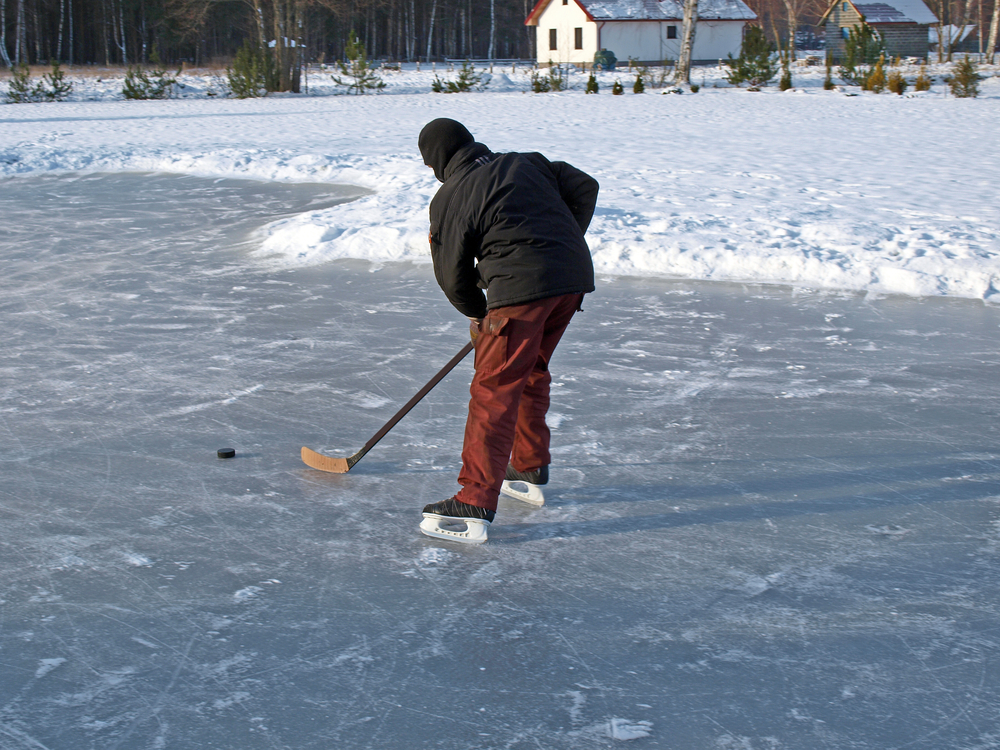
No comments:
Post a Comment